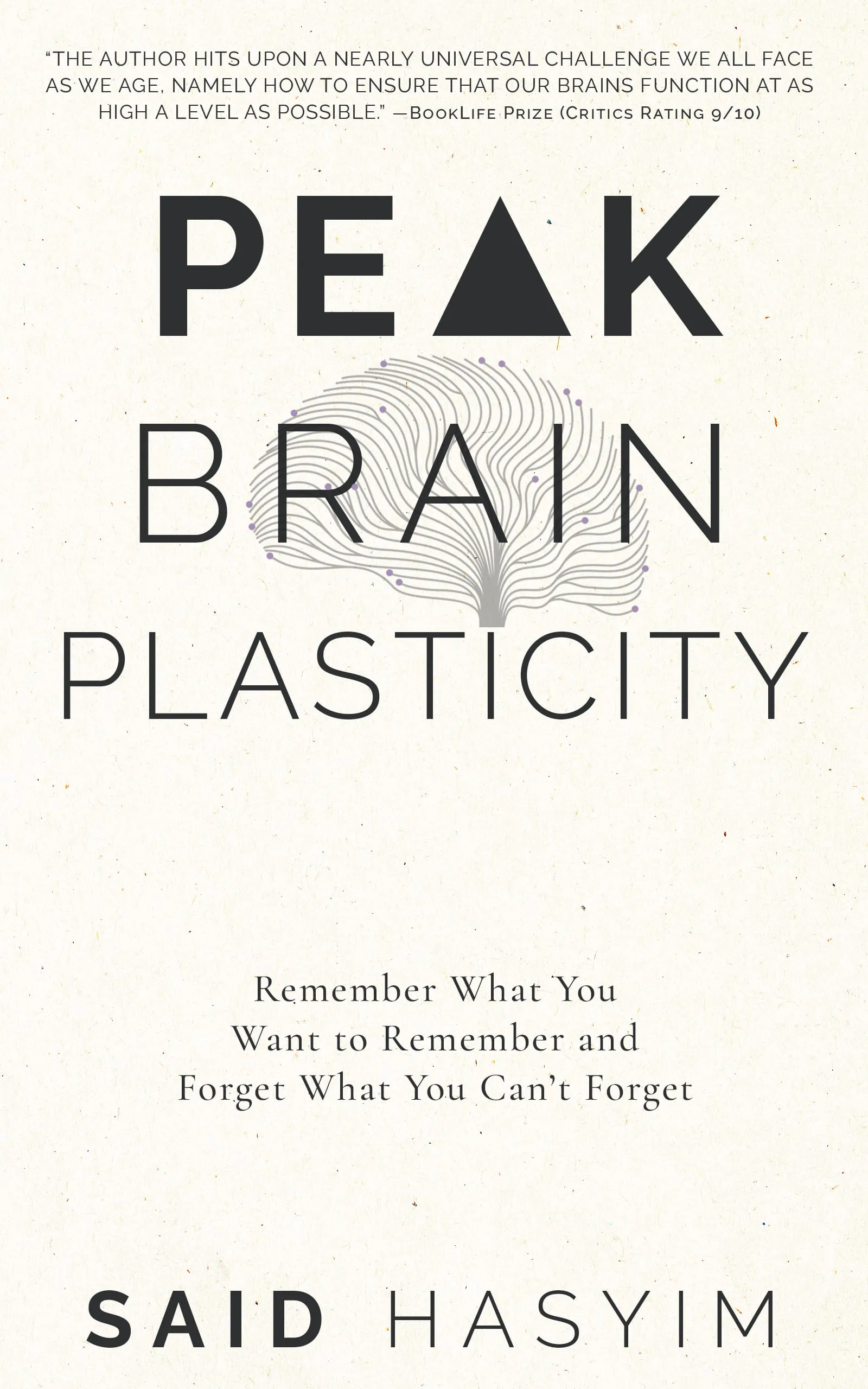Building Connections: Social Learning and Memory
In an age where technology connects us instantaneously, it can be easy to underestimate the power of human interactions in the learning process. Social learning is not just a concept relegated to educational theory; it's a fundamental aspect of how we grow, adapt, and remember information. This blog post delves into the dynamics of social learning, the mechanisms of memory, and how they interplay to enrich personal and communal knowledge.
What is Social Learning?
Social learning, at its core, refers to the process of learning through observing, interacting, and engaging with others. This can occur in various settings—be it in formal educational environments, workplaces, or informal gatherings with friends and family. While individual learning is important, the social dimension of learning cannot be overlooked.
Key Features of Social Learning:
Observation: Learning by observing others can be a powerful tool. When we see someone else perform a task, we often internalize concepts and techniques without necessarily having to experience them firsthand.
Imitation: Humans have a natural tendency to imitate behaviors exhibited by others, especially role models. This is observed in children when they mimic adult actions, and it continues into adulthood as we adopt practices from colleagues, mentors, and communities.
Collaboration: Working with others not only enhances our understanding but also allows for the exchange of ideas. Group discussions can bring diverse perspectives that challenge our views, enriching our learning experience.
Feedback: Social learning is inherently two-way. Feedback from peers can clarify misunderstandings, reinforce learning, and motivate further exploration of concepts.
Narratives and Storytelling: Engaging with stories shared by others can serve as a memorable framework for information, making it easier to recall and understand complex ideas.
The Science of Memory
Memory plays a critical role in consolidating and recalling learned information. Understanding memory requires a closer look at its different types and stages.
Types of Memory:
Sensory Memory: This is a fleeting type of memory, lasting only fractions of a second, where sensory information is momentarily held. It allows us to process our surroundings and is the first step in memory formation.
Short-Term Memory: Also known as working memory, this stage allows us to hold a small amount of information temporarily. It is where we perform cognitive tasks, such as reasoning and learning.
Long-Term Memory: Information can be stored here for an extended period, potentially for a lifetime. Long-term memory is divided into declarative (explicit) memory, which includes facts and events, and procedural (implicit) memory, which encompasses skills and actions.
Memory Formation Stages:
Encoding: This is the initial stage where information is transformed into a format that can be stored. It often involves the association of new information with existing memories, which can be enhanced through social interactions.
Storage: After encoding, information is stored in various areas of the brain. The consolidation process, influenced by emotional and social contexts, makes memories more robust.
Retrieval: This final stage involves accessing stored information for use. The method of retrieval can be influenced by social contexts, such as group discussions or shared experiences, which create cues that aid recall.
The Interplay Between Social Learning and Memory
The relationship between social learning and memory is intricate and dynamic. When individuals learn collectively, several factors contribute to effective memory formation:
1. Emotional Connections: Social interactions often come with emotional responses, which can enhance the encoding process. Emotionally charged experiences are frequently more memorable, making social learning richer.
2. Contextual Cues: The environment in which learning takes place can serve as a powerful cue for memory retrieval. Discussions in a group setting or collaborative problem-solving create contextual anchors that can aid recall.
3. Group Identity: Being part of a learning community fosters a sense of belonging. This group identity can enhance motivation and create a supportive framework, reinforcing memory retention as members share and reflect on their learning journeys.
4. Reciprocal Teaching: Involving peers in teaching each other can dramatically reinforce knowledge. Teaching someone else requires a deep understanding of the subject matter, which leads to better memory retention.
Practical Applications of Social Learning for Memory Enhancement
Implementing social learning techniques can foster better memory retention in various contexts, from classrooms to professional environments. Here are some strategies:
Group Study Sessions: Encourage collaboration among peers. The diversity of thoughts and shared discussions can lead to deeper understanding and recall.
Peer Teaching: Create opportunities for learners to teach one another. This not only reinforces their own memory but also disseminates knowledge among the group.
Use of Technology: Modern platforms such as online forums, social media, and collaborative tools can facilitate social learning, especially in remote settings, allowing for a continuous exchange of ideas.
Story Sharing: Incorporate storytelling as a method for discussing new concepts. Narratives make information more relatable and memorable.
Community Building: Foster a learning community that values shared experiences, feedback, and support. This creates an environment conducive to effective social learning.
Conclusion
Social learning and memory are interwoven aspects of our cognitive functioning that emphasize the importance of human connection in the learning process. In our quest for knowledge, it is vital to recognize that we are not isolated learners; we are part of a community that shapes how we understand, remember, and apply information.
By embracing strategies that leverage social learning, we can enhance our memory and cultivate a richer, more collaborative learning experience. In doing so, we not only build our intellectual capacity but also strengthen the bonds that connect us to one another, fostering growth in both personal and communal dimensions.
As we move forward into an increasingly interconnected world, let us not forget the timeless value of learning together—because in the sharing of knowledge lies the true essence of building connections.
Harness the Power of Neuroplasticity
Discover Peak Brain Plasticity, a practical book to harnessing neuroplasticity. Enhance your memory, learn new languages quickly, and alleviate anxiety with effective study methods. Uncover daily habits that impact cognitive health and explore techniques for accelerated learning and memory retention. Unlock your brain's potential for growth and transformation.
